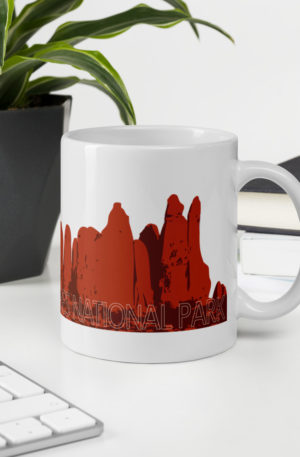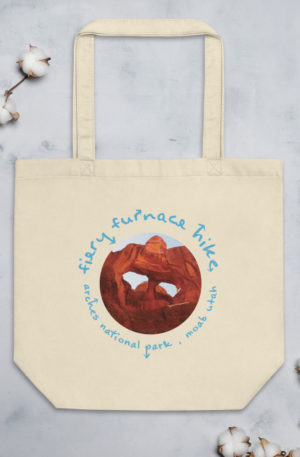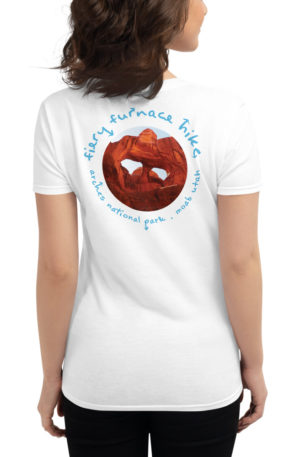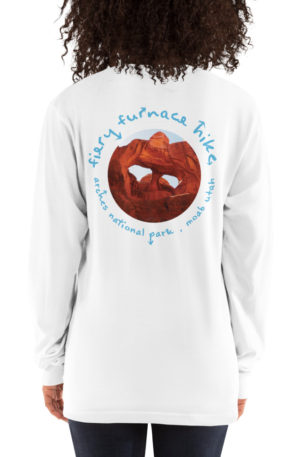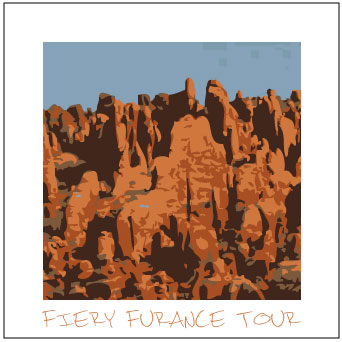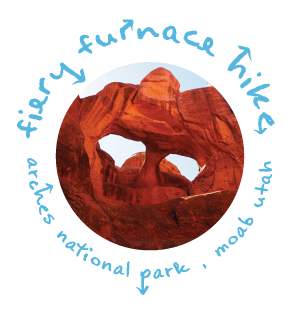ECOLOGY OF tHE Fiery Furnace tRAIL
The Fiery Furnace Trail is a special place, with extremely fragile desert ecology. If you’re planning on hiking the Fiery Furnace, it is your responsibility to know how best to protect it. Here you will also find links to infromation about ranger-guided tours, self-guided tours, and other trail information.
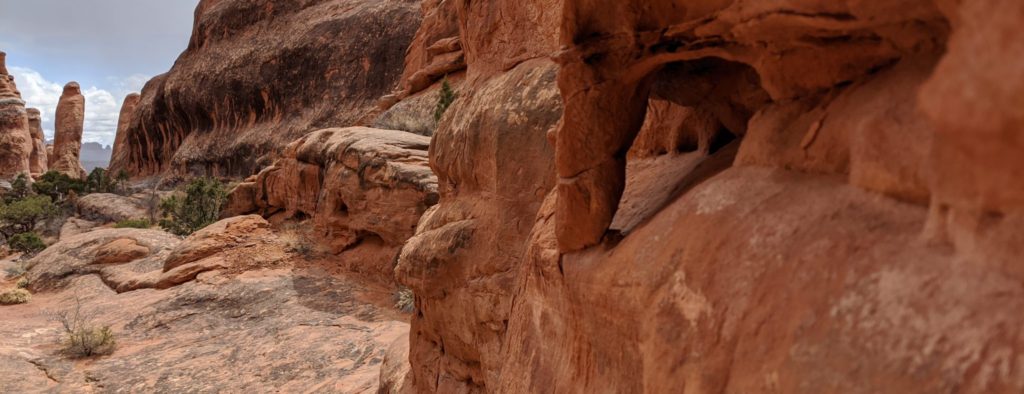
FIERY FURNACE TRAIL & THE DESERT
It is very easy to see the desert as nothing but rocks and dirt and plants that are “half-alive”, but that couldn’t be further from the truth. The desert is an extremely fragile ecosystem where the dirt and the plants are beautifully interconnected, and where the plants are exceptional survivalists and the dirt is very much alive!
Dirt is Alive!
The desert dirt is a vehicle for cyanobacteria to deliver important nutrients to the plants – the only source of food in the desert. Thousands of misplaced human steps break this delivery chain each year and they do add up over time!
Survivor plants
Imagine living somewhere where no new water is available for months at a time. These plants are able to withstand prolonged drought, but only due to the delicate ecological balance which can be broken with a single thoughtless step.
INVISIBLE LIFE
Potholes seem like just a hole in the ground filled with water, but as with everything in the desert, they are not what they seem. They team with small invertebrate life that is incredibly fascinating in their fast and furious approach to the life cycle.
MORE ON BIOLOGIC CRUST & POTHOLES
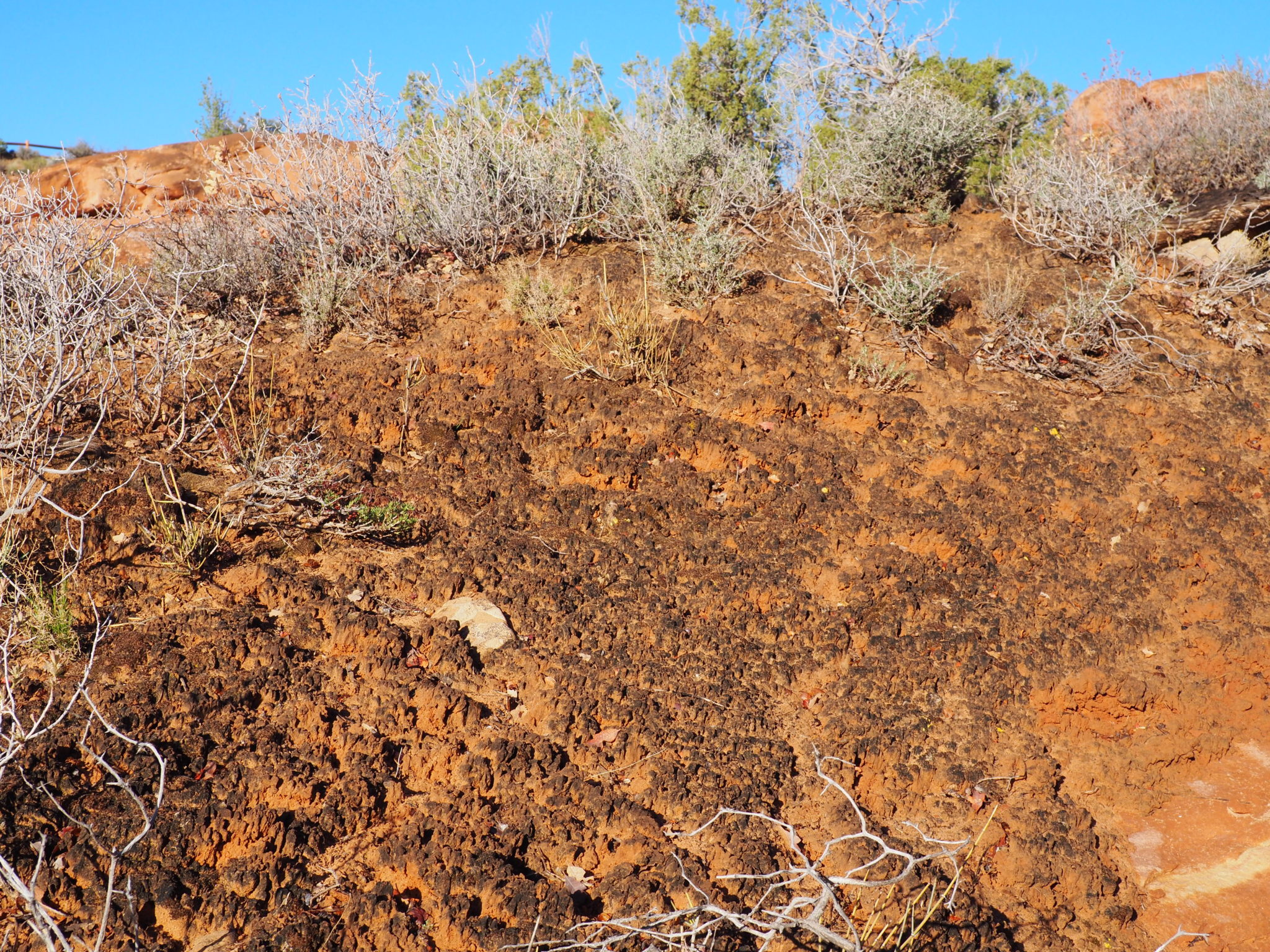
Biologic Soil Crust – If you see a dark crust on the surface of the dirt anywhere in Arches National Park, stay off it! You’re looking at a microbial colony of cyanobacteria, algae, fungi, lichens, mosses that are alive. These colonies take hundreds of years to develop and are essential to the survival of the desert plants. They provide nutrients, erosion control, and trap vital water. In some places in the park these colonies are in early stages of development. They are not as pronounced as in our photograph, therefore, it is important that you walk only along the designated paths. Established paths, washes and solid rock are all ok, but you should try and not leave new footprints anywhere in Arches National Park. Your steps could be destroying immature soil crust where it’s not yet visible.
Ephemeral pools – also known as potholes, are habitats for a number of microscopic invertebrates. These pothole inhabitants are experts at surviving extreme conditions. These invertebrates go through an entire life cycle in the time it takes for the rain to fill the pothole and the sun to evaporate the water again. These potholes are great indicators of changes in climate and their environment can be easily disturbed. Do not splash, walk through potholes filled with water or dried up ones.
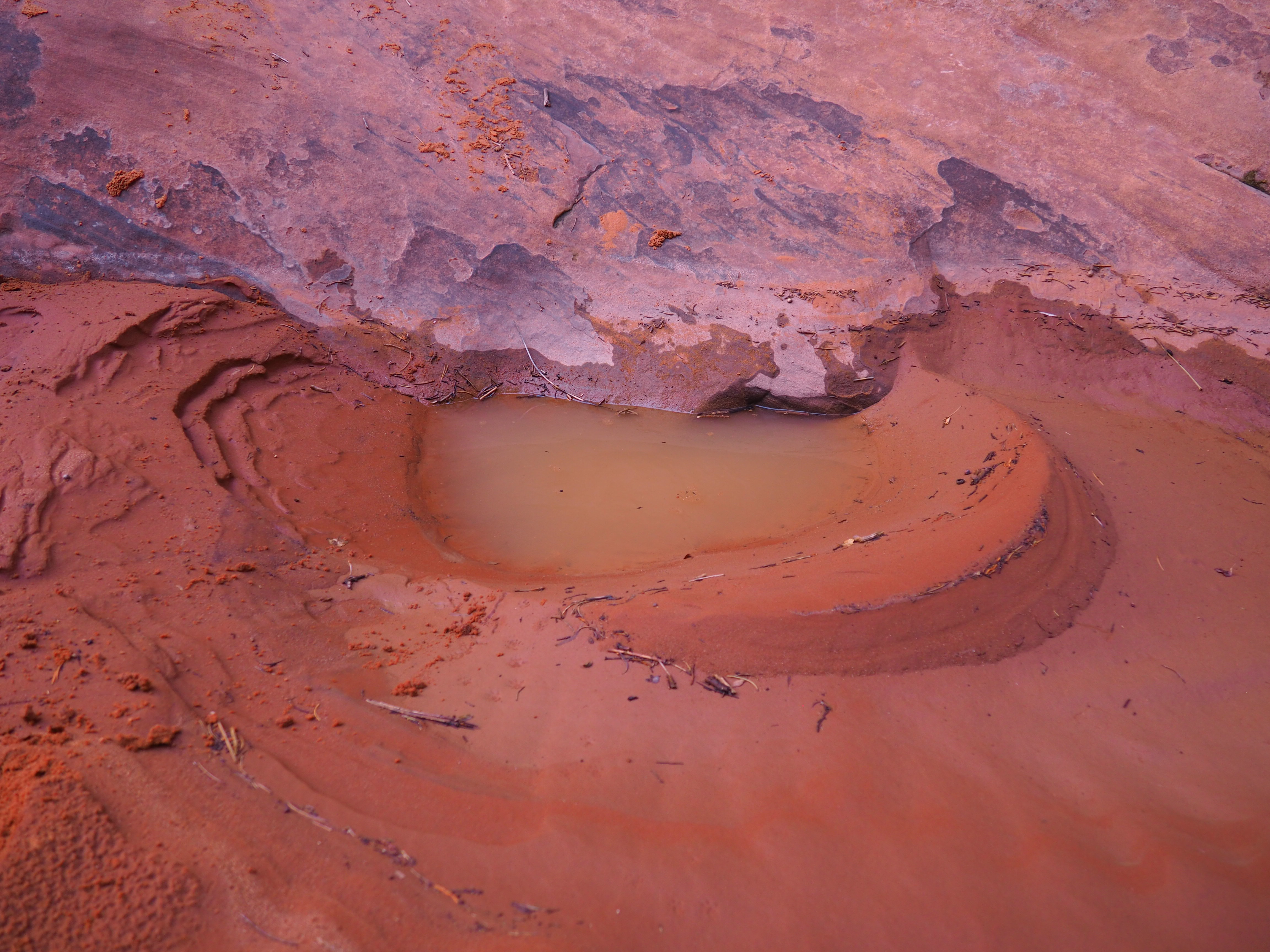
Visit Our Fiery Furnace Trail Shop!
-
Stickers
Arches National Park Fiery Furnace Hike Skull Arch Stickers
$3.99 – $4.99Select options This product has multiple variants. The options may be chosen on the product pageClear3x34x45.5x5.5 -
Mugs
Arches National Park Fiery Furnace Hike Sandstone Fins Mug
$14.00 – $17.00Select options This product has multiple variants. The options may be chosen on the product pageClear11oz15oz -
T-shirts
Arches National Park Fiery Furnace Hike Slot Unisex Tee
$24.50 – $29.00Select options This product has multiple variants. The options may be chosen on the product pageClearXSSMLXL2XL3XL4XL -
T-shirts
Arches National Park Fiery Furnace Skull Arch Women’s Tee
$24.99 – $26.99Select options This product has multiple variants. The options may be chosen on the product pageClearSMLXL2XL -
Long Sleeve Shirts
Arches National Park Fiery Furnace Skull Arch Long Unisex
$27.00 – $29.00Select options This product has multiple variants. The options may be chosen on the product pageClearSLXL2XL

